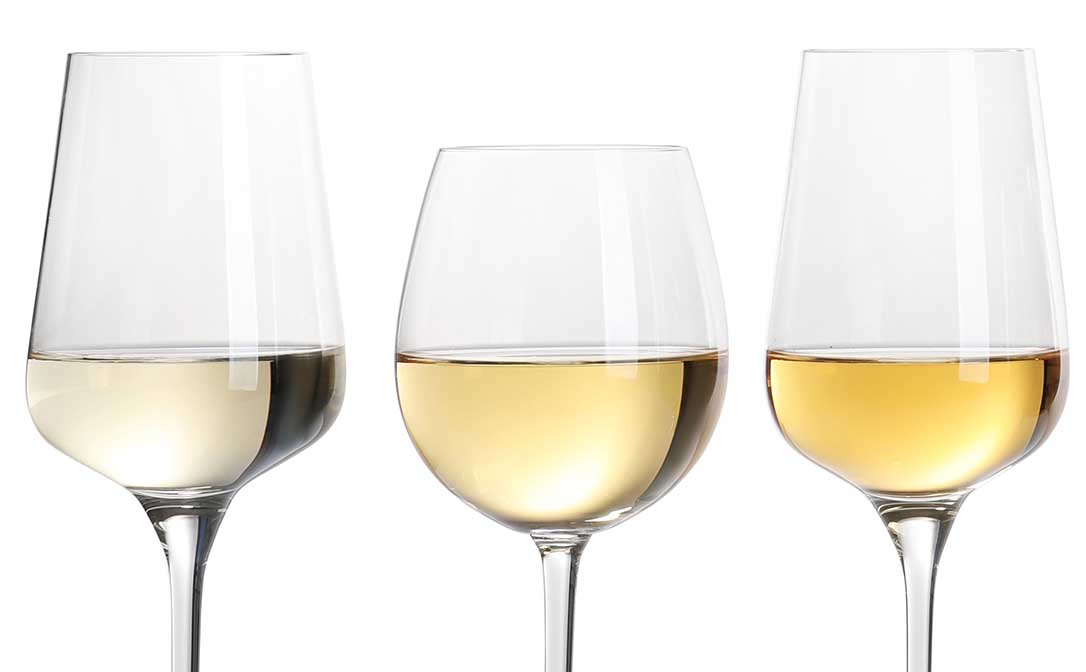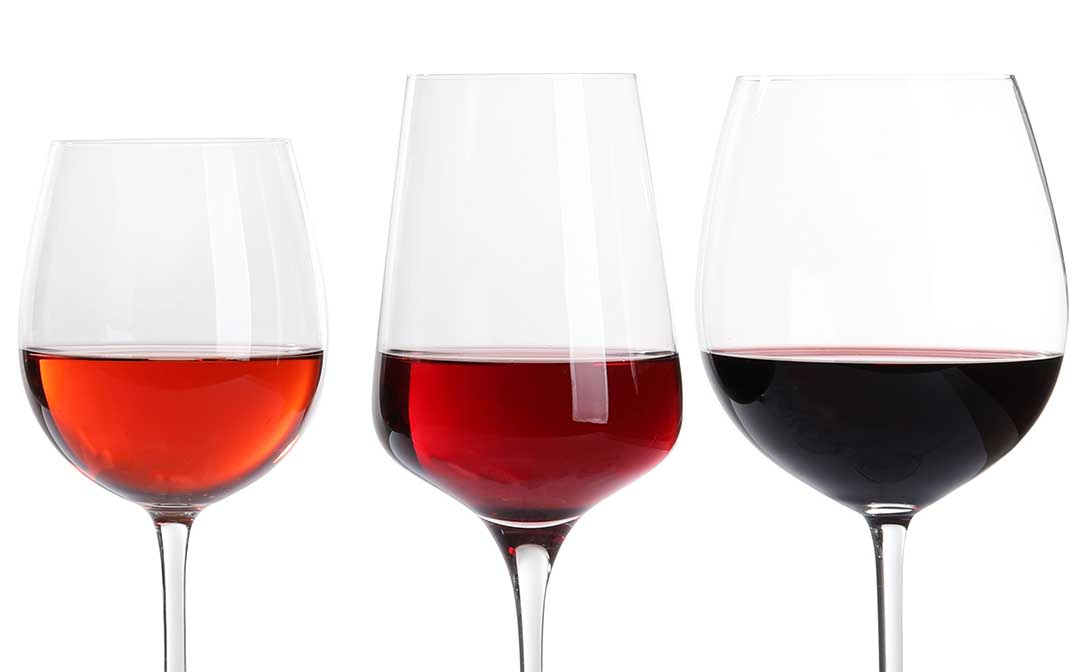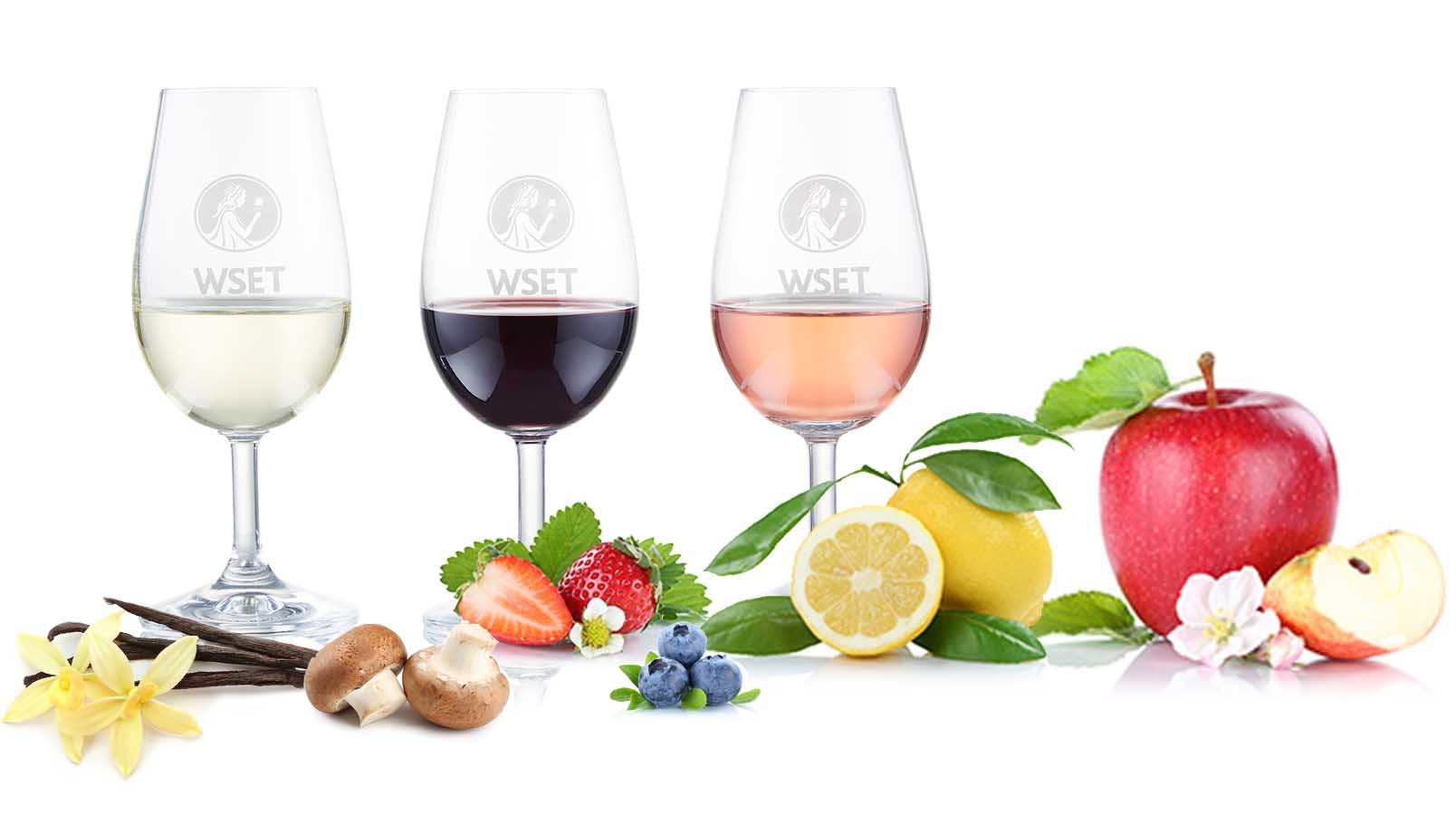Mastering tasting wine relies not only on your ability to detect various aromas and tastes, but also to assess the structure of a wine – the levels of acidity, tannin and alcohol among other things.
With time and practice you will build up a mental catalogue of wines you have tasted which will help you to compare and appreciate future wines. When you get the hang of it, it will hugely enhance your enjoyment of wine and help with any wine qualifications you decide to take.
- If you are really lucky (like I was) your tasting skills could one day help you win a tasting competition and a trip to Australia! But we are getting a bit ahead of ourselves here.
When you start tasting, the first thing to get to know is the potential array of aromas and flavours you can find in wine. Some of them may be familiar, like lemon, apple or strawberry; others more unexpected, like petrol, mushroom or wet stones. Next, you need to be familiar enough with these different aromas to be able to identify them – so get used to smelling things!
After that, it’s useful to build up an understanding of how the different structural components of a wine affect your palate. For example, acidity will make your mouth water while tannins will have a mouth drying effect. Once you start to recognise each of these sensations, you will be able to notice the varying levels of acidity and tannins in different wines.
A good starting point is to compare a few wines of different styles and qualities side-by-side, to see if you can detect the differences.
Suggested white wines to try:
- A light-bodied and refreshing wine, like an Italian Pinot Grigio or a Muscadet
- A wine with more intense flavours, like a Gewurztraminer or a Viognier
- A wine from a warm climate that has had some oak ageing, like a barrel-aged Australian Chardonnay.

When you sniff these wines side-by-side, you’ll note variations in their aromas and flavour intensity. A Pinot Grigio is likely to have a delicate aroma, whereas as a Gewurztraminer is often more intense.
Pinot Grigios and Muscadets often have green apple and lemon flavours, while Gewurztraminers and Viogniers often smell more floral, with stone fruit aromas such as peach and apricot. Depending on the bottle, Australian Chardonnay may have some hints of tropical fruit, as well as some spicy characteristics from the oak. The Pinot Grigio or Muscadet should feel lighter and more refreshing on the palate, when compared to the other two wines.
Suggested red wines to try:
- A light-bodied red wine, like a Pinot Noir or a Beaujolais
- A full-bodied, high-tannin red wine, like a Cabernet Sauvignon or a Malbec
- An aged Reserva or Gran Reserva Rioja

Again, you can expect to experience different aromas and flavours from these wines - for example, strawberry and raspberry in a Pinot Noir or Beaujolais, compared to blackcurrant in a Cabernet Sauvignon or Malbec. The aged Rioja will have flavours from oak and bottle ageing - such as spice, leather and dried fruits.
The other big difference in red wines is tannin. Your Cabernet Sauvignon may well have quite a high level of tannin, making it feel drying and grippy on your tongue, whereas a Pinot Noir generally has less tannin and may feel softer and more delicate. The Rioja should fall somewhere in between.
These are just a few examples to get you started. It does help to keep notes of the wines you taste, so you can remember the differences between them. WSET courses use a Systematic Approach to Tasting for evaluating all wines. This changes in detail as you progress through the levels, but the technique is the same. We evaluate the appearance first, followed by the nose and then the palate. There is information you can pick up at each stage and, as you build up your tasting note, it will lead you to a conclusion about the style and quality of the wine.
This will take some time to perfect but the more you practice, the easier it becomes. It can help to taste with people who have more experience. Students who attend WSET courses are able to taste with expert tutors, who guide them in calibrating their palate, picking out different flavours and accurately describing different levels of sweetness, acidity and tannin.
A good starting point is to compare a few wines of different styles and qualities side-by-side, to see if you can detect the differences.
In addition, at WSET School London we open some pretty awesome bottles! While the style and quality spans the full range of wines available, there are some that I just can’t help but get excited about! It’s great to see people enjoying wines they might not have had the opportunity to try before.
Once you have more confidence in your tasting skills, you can start getting into some more in-depth comparisons - for example, trying the same grape variety from different places. A Chablis is going to taste quite different to a Napa Valley Chardonnay, but they are made from the same grape variety. So, what is it that makes the difference? Eventually you may even want to try comparing vineyards, or vintages, or specific producers - you can get as detailed as you want. Just remember to enjoy yourself along the way!
If you would like to build your confidence when tasting wines, our Level 1 Award in Wines is a great place to start. If you’re ready for more of a challenge, the Level 2 Award in Wines will really hone your wine knowledge and tasting skills.
Written by Julia Lambeth DipWSET, Educator, WSET School London


